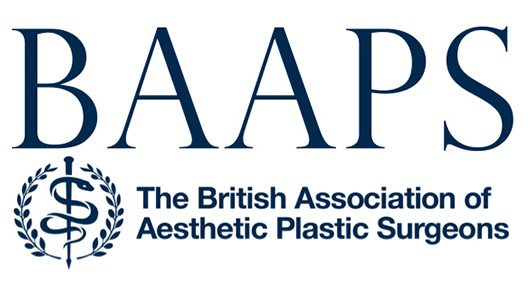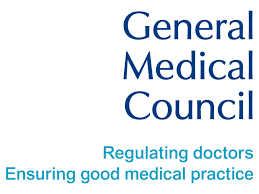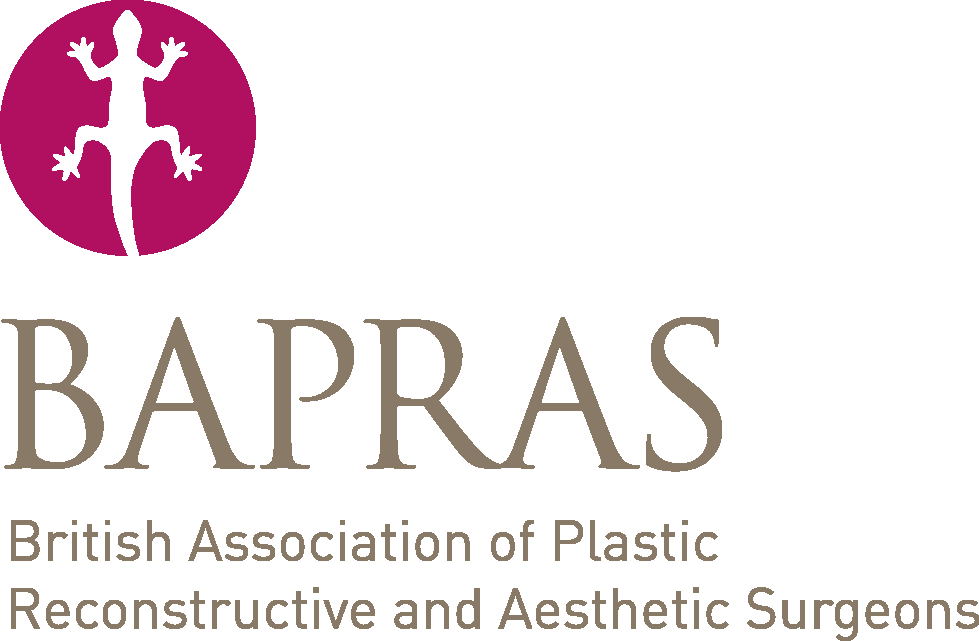Ear Reshaping (Pinnaplasty/Otoplasty)
This is surgery that aims to reduce the protrusion of the ears. This is one of the most common procedures Mr Fattah undertakes in the NHS and he has applied a number of innovations to streamline the patient experience and reduce complications. In addition, Mr Fattah is often asked to revise complications from elsewhere as a consequence of previous surgery.
The surgery involves a small incision behind the ear and using a minimal access technique, the cartilage of the ear is exposed and strong sutures are used to reshape the ear into a natural shape avoiding the tell-tale postoperative appearance of the ears being flat against the head or the natural curves of the ear being squared-off. Dissolving sutures are used to close the incision and a layer of glue is used as a dressing. The procedure is performed as a day case and most patients are able to go home within an hour or so of the surgery.
Pinnaplasty
Watch a Pinnaplasty being performed
I have a new confidence I’ve never had, being able to wear my hair up is amazing!
AB, Pinnaplasty patient
I feel much more confident now, many people say that it looks weird when I put my hair down now as I put my hair up so often.
LH, Pinnaplasty
Earlobe Procedures
Earlobe Reduction
Earlobe reduction
OR, Tribal earlobe repair
AC, Split earlobe repair
Frequently Asked Questions
Will I need to wear a head bandage?
Will it hurt?
The combination of minimal dissection, long acting local anaesthetic and glue dressings have made this procedure straightforward with rapid recovery, minimal impact on lifestyle and high patient satisfaction.
I’ve hear about implants for pinnaplasty, does Mr Fattah use them?
My child has prominent ears, shall I bring him to your clinic?




